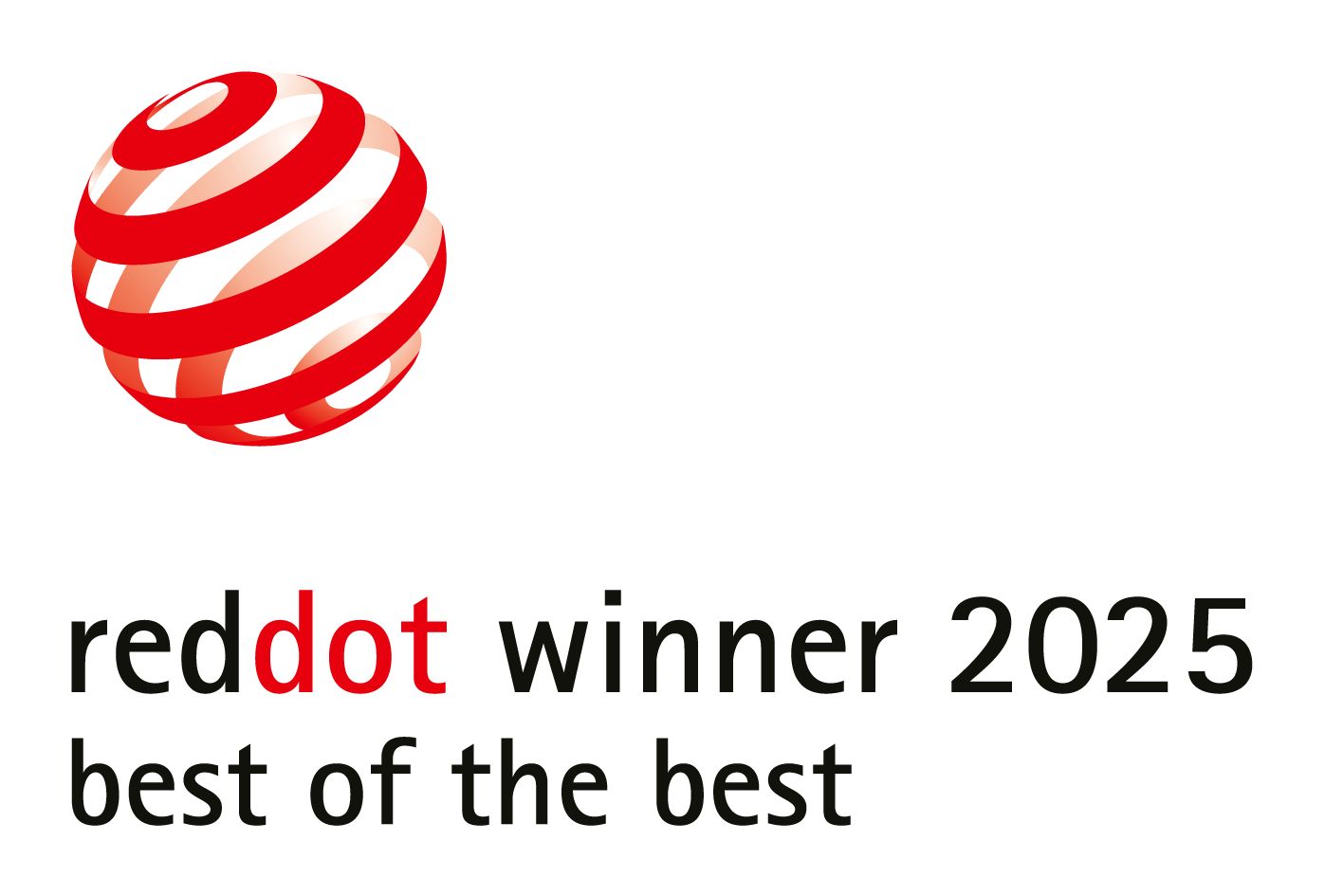Articles related to Information Design
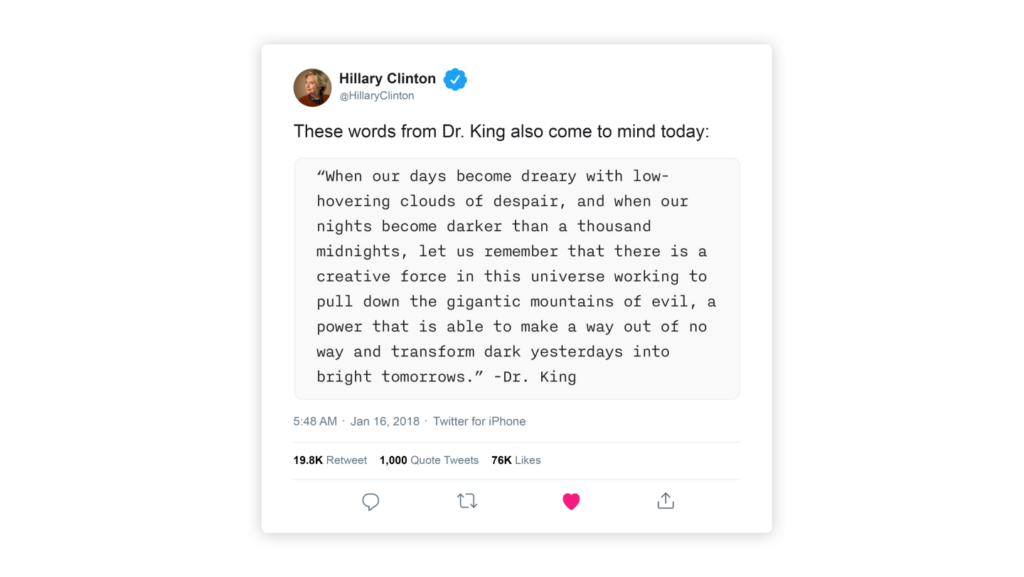
Design is Political
And Hillary Clinton uses iA Writer
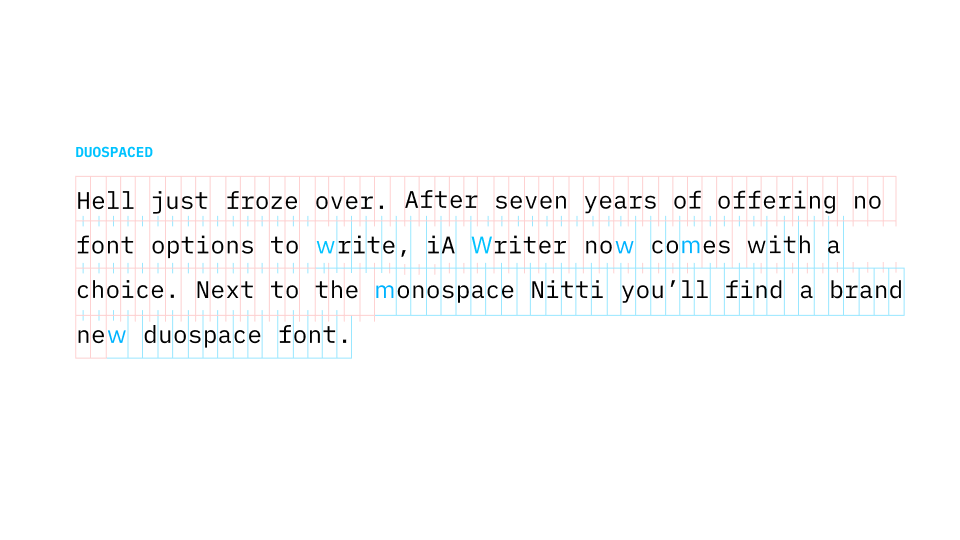
Duospace Fonts
In search of the perfect writing typeface
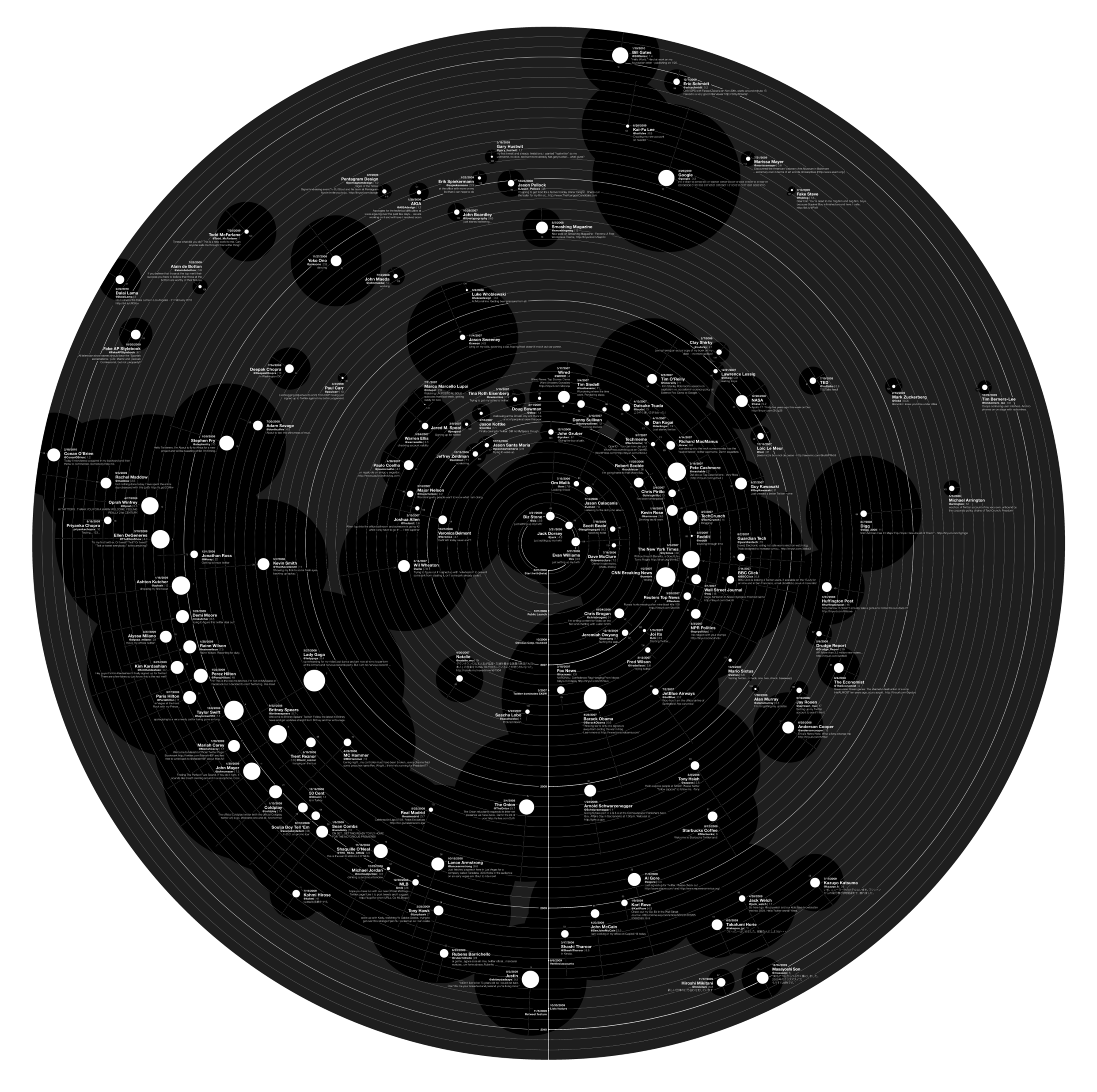
Our Next Trend Map
Meet the Cosmic 140
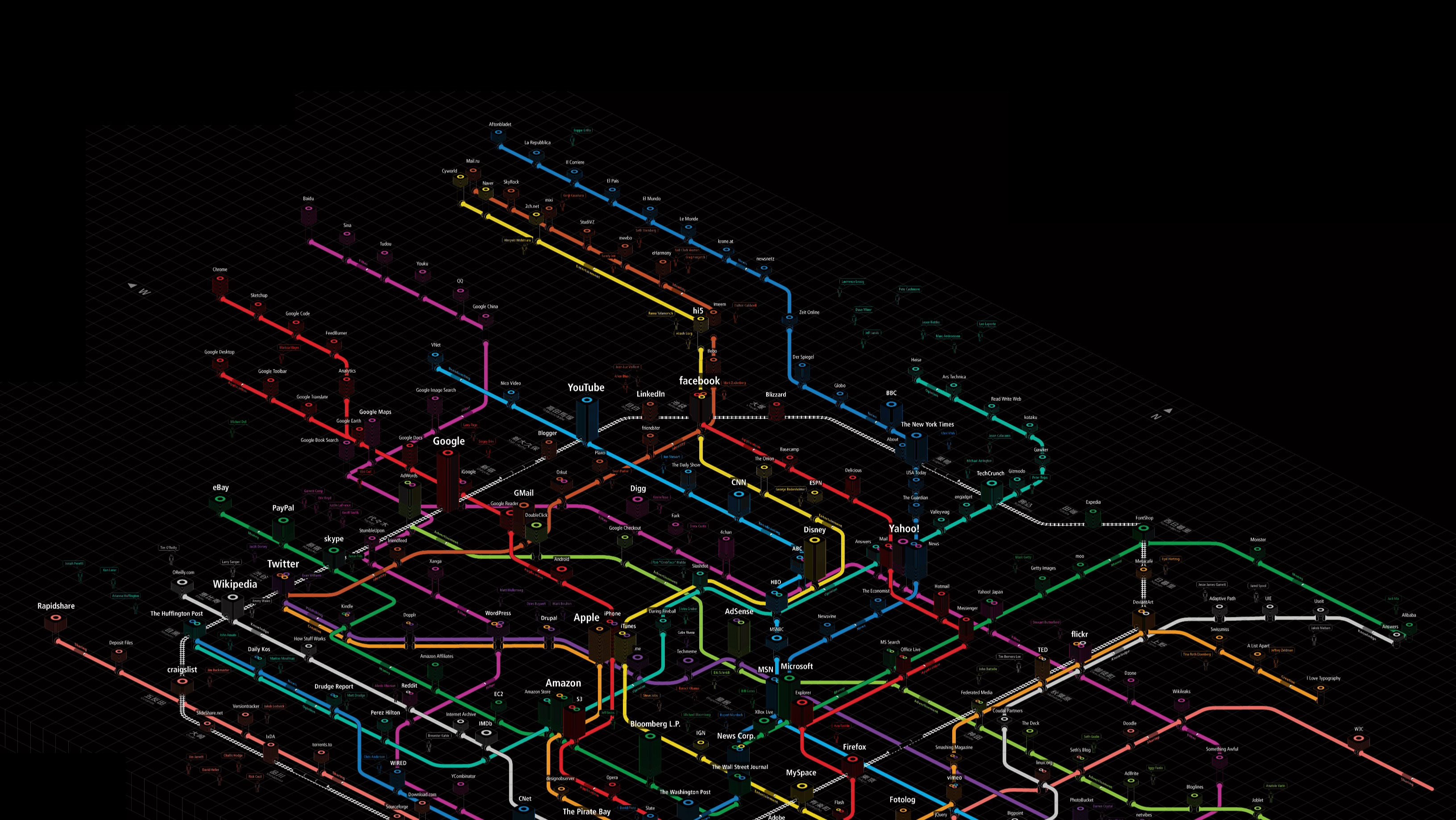
Web Trend Map Video Interview
An interview with GaijinPot.com

Web Trend Map 4
The coolest gift for geeks
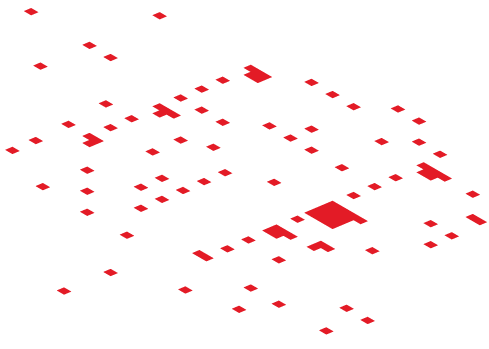
Web Trend Map 4
A preview
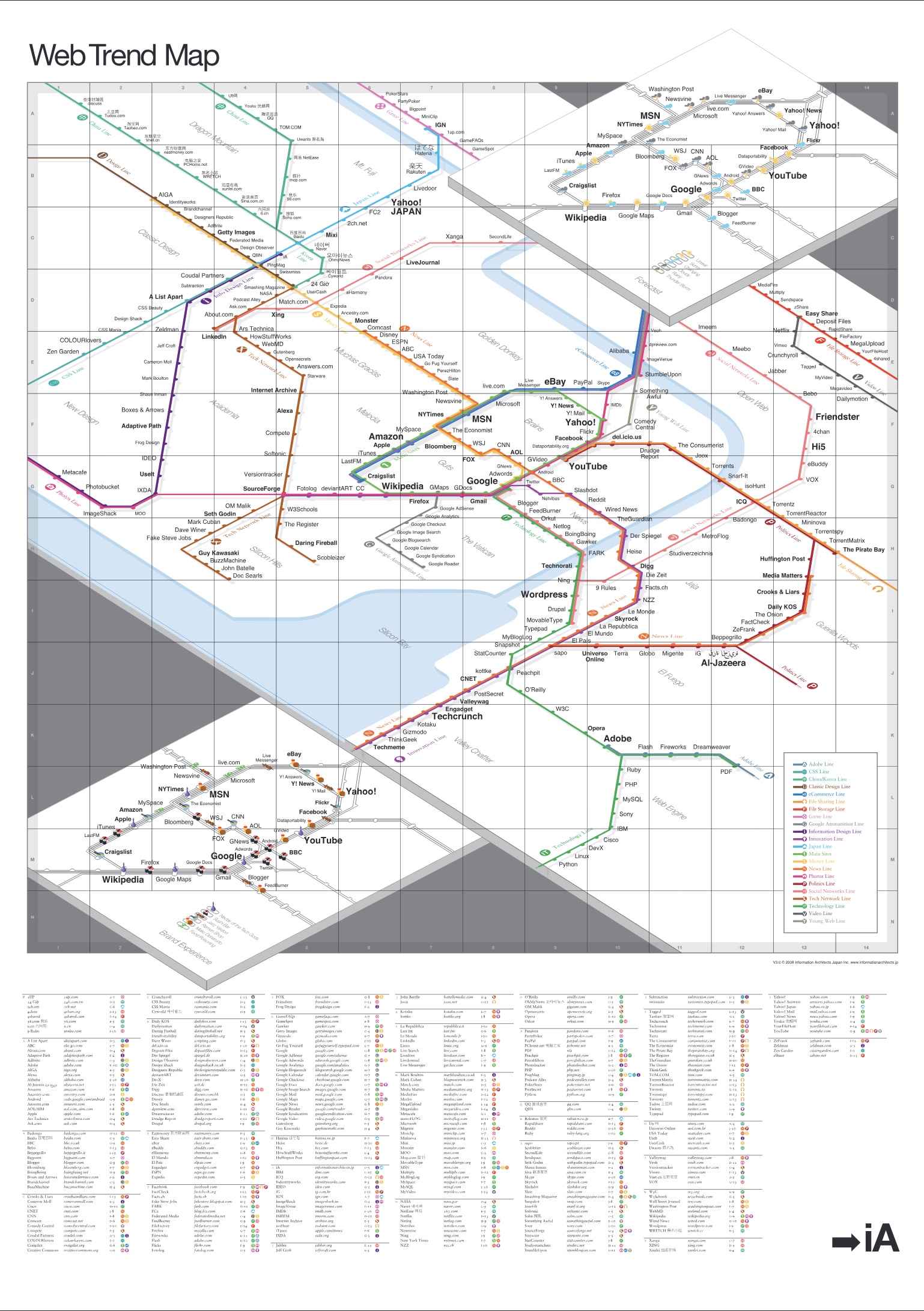
Web Trend Map 3
The coolest gift for geeks

Web Trend Map 2008 Beta
We present you with the 2008 Web Trend Map, in all its beautiful beta glory. This time we’ve taken almost 300 of the most influential and successful websites and pinned them down to the greater Tokyo-area train map.

Web Trend Map 2008
New layers!

Trend Map 2008
What’s New?
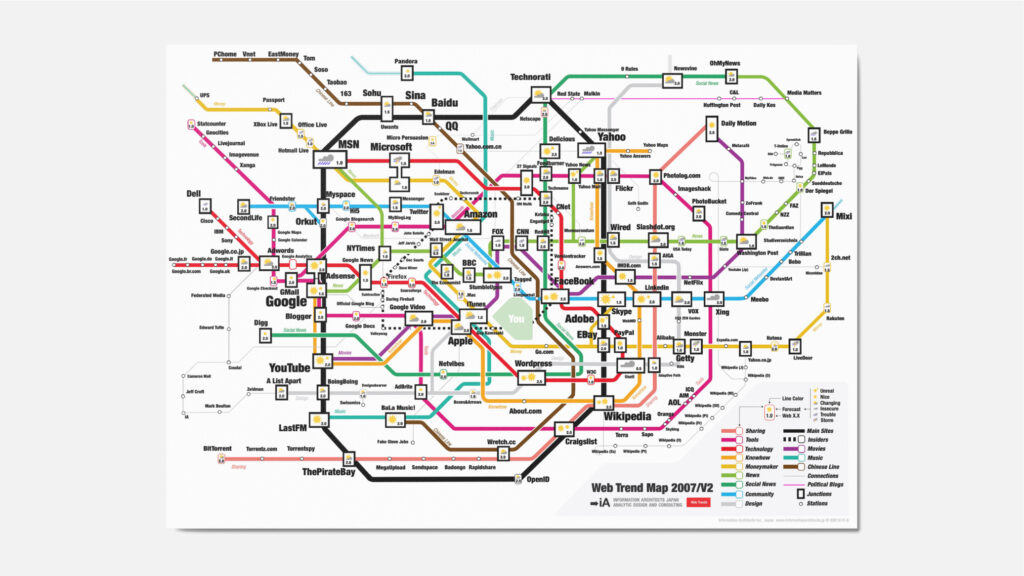
Web Trend Map 2007
Version 2.0

Newspaper Wiki
Schematics

Washington Post Redesign
...as a Wiki
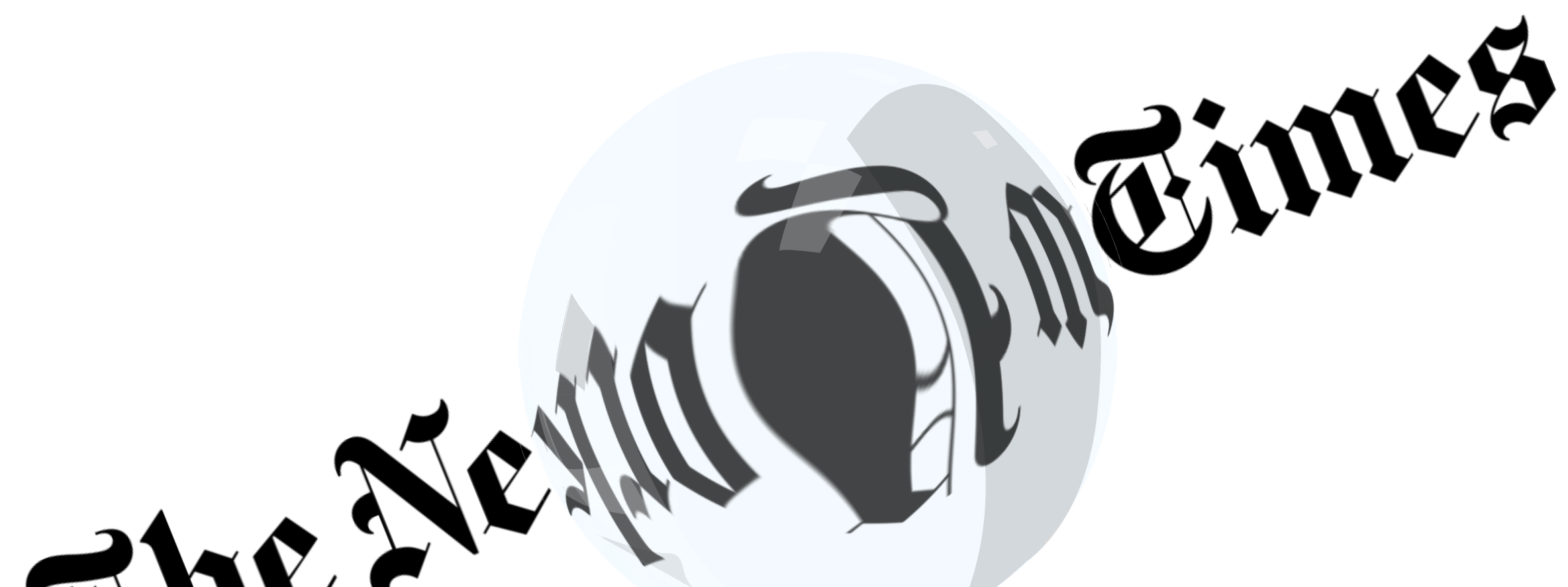
The Future of News
How to Survive the New Media Shift

USA Today
Mission Accomplished
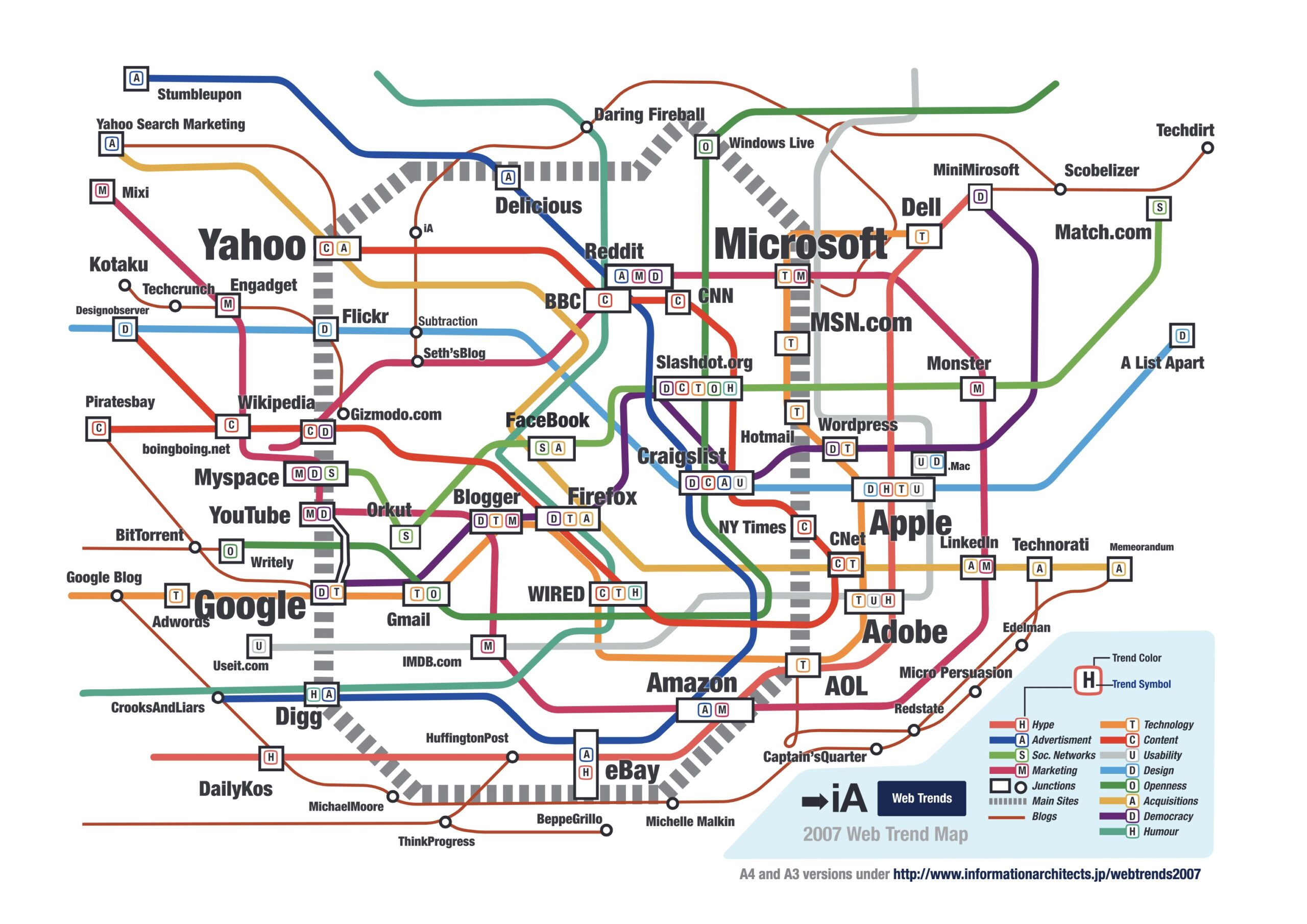
Web Trend Map 2007
Reactions

Web Trend Map 2007
All the big players

Usability and Branding
Webdesign is Product Design

Usable Interface Design
Why are Computers not Flying?
